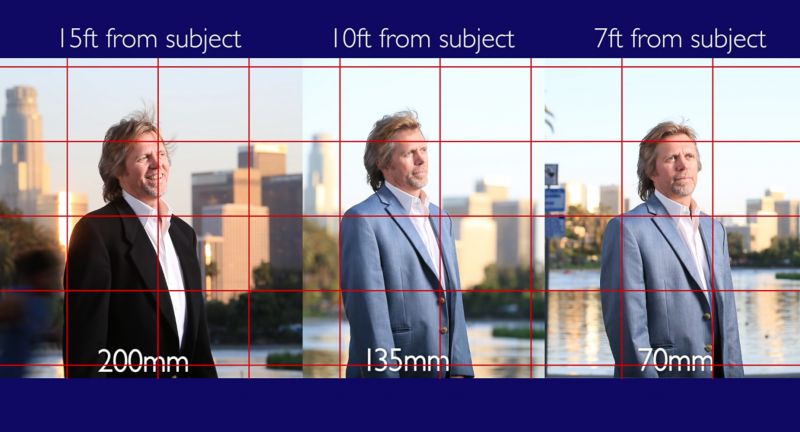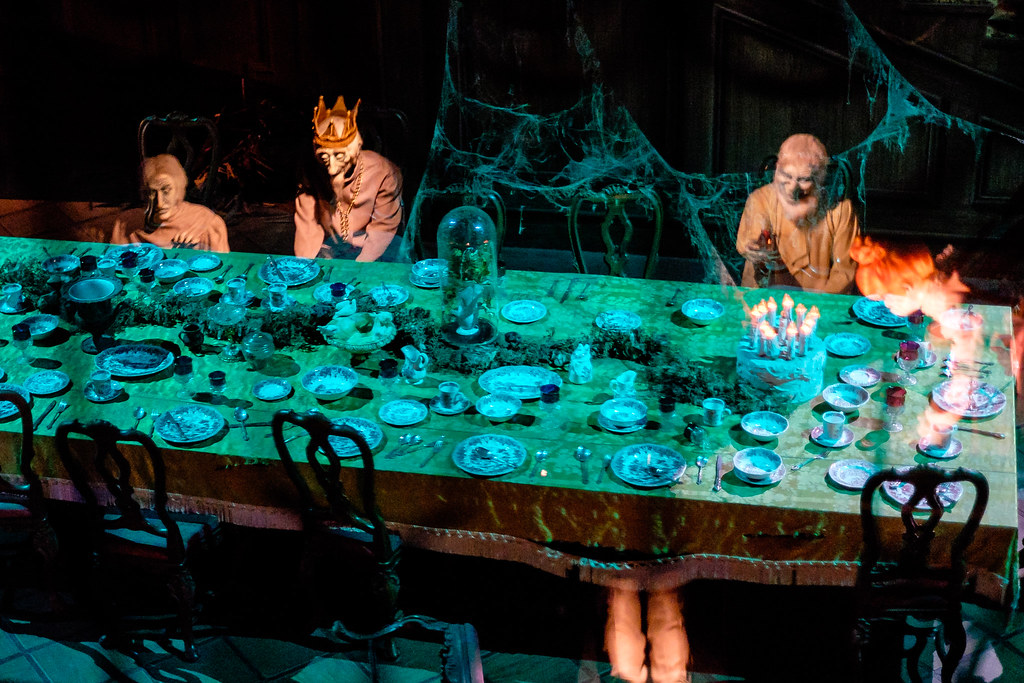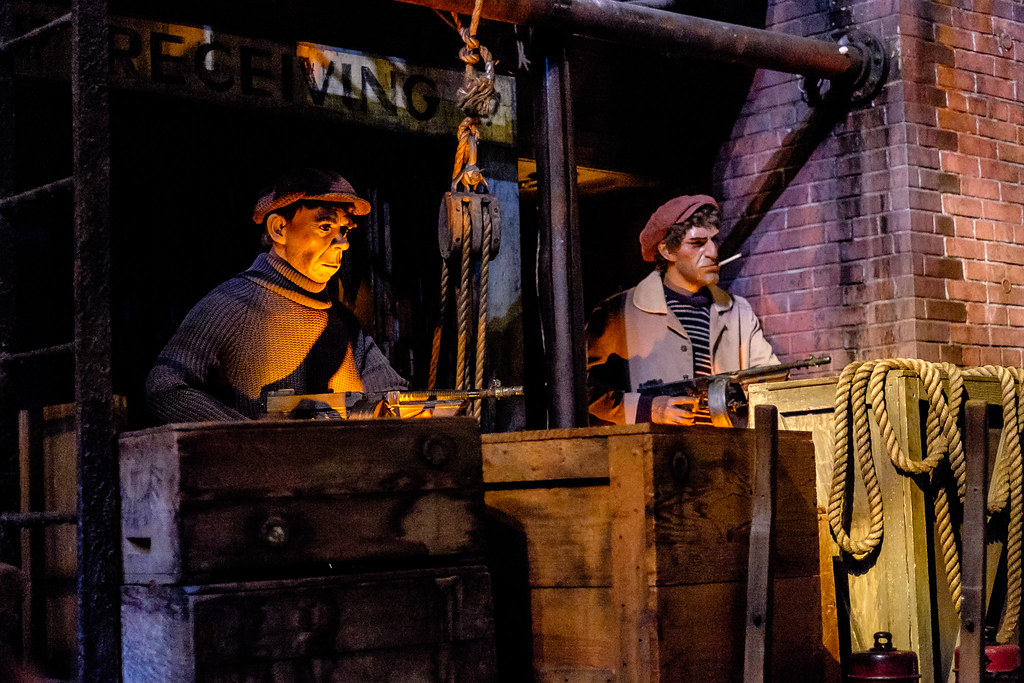Jahona
Well-Known Member
RAW is also available on many smart phones. So, if you're in a pinch with just a cell phone, this is still great advice!
I was stunned by the amount of noise when I shot RAW on both a Samsung Galaxy S7 and S8. Even at ISO200 It was fair grainer than I thought it should be. I never realized how much noise reduction processing the phone does to output JPEGs. It gives you something to mess around with in post and for a bit more dynamic range.
Always shoot RAW. It gives so much flexibility to change things after the shot.
To build off of this a lot of cameras allow you to shoot both RAW + JPEG. I've found it to be great for viewing photos after, in a file browser vs waiting for the raw images to cache; or for just quick uploads to social media for photos I don't care to spend time with in post.





